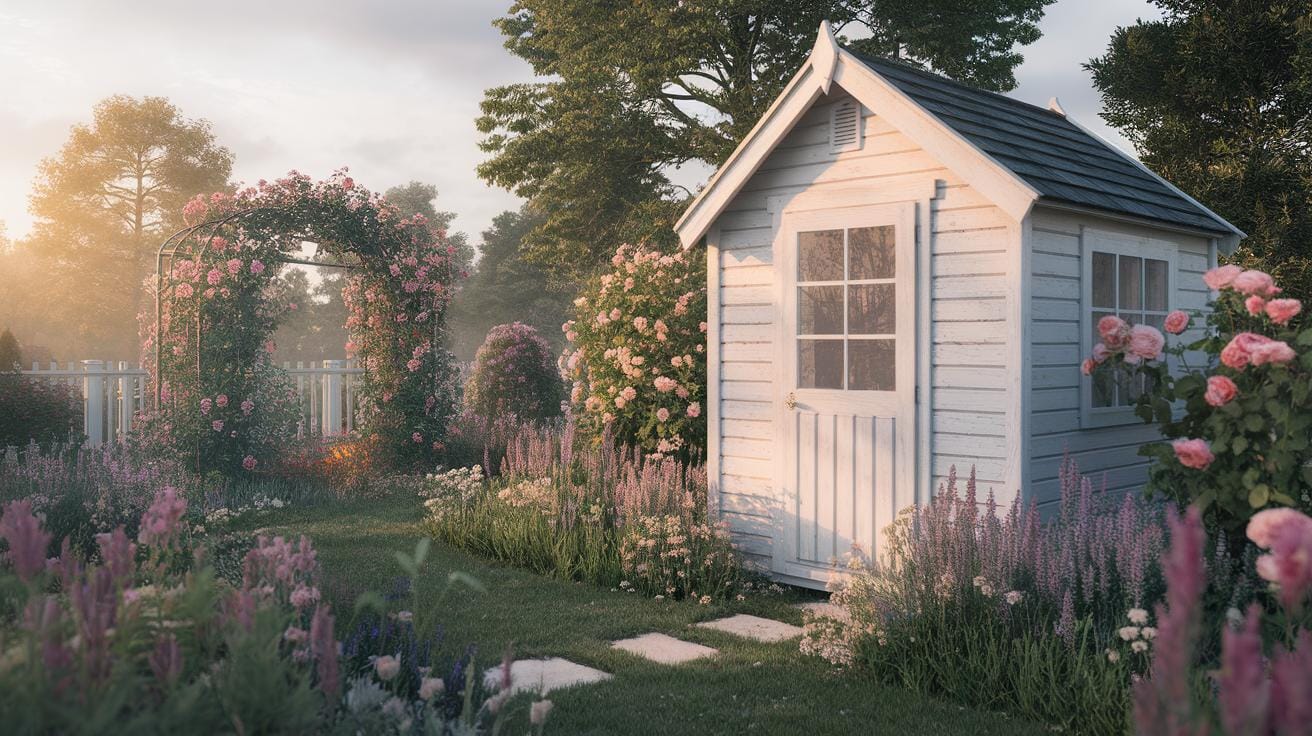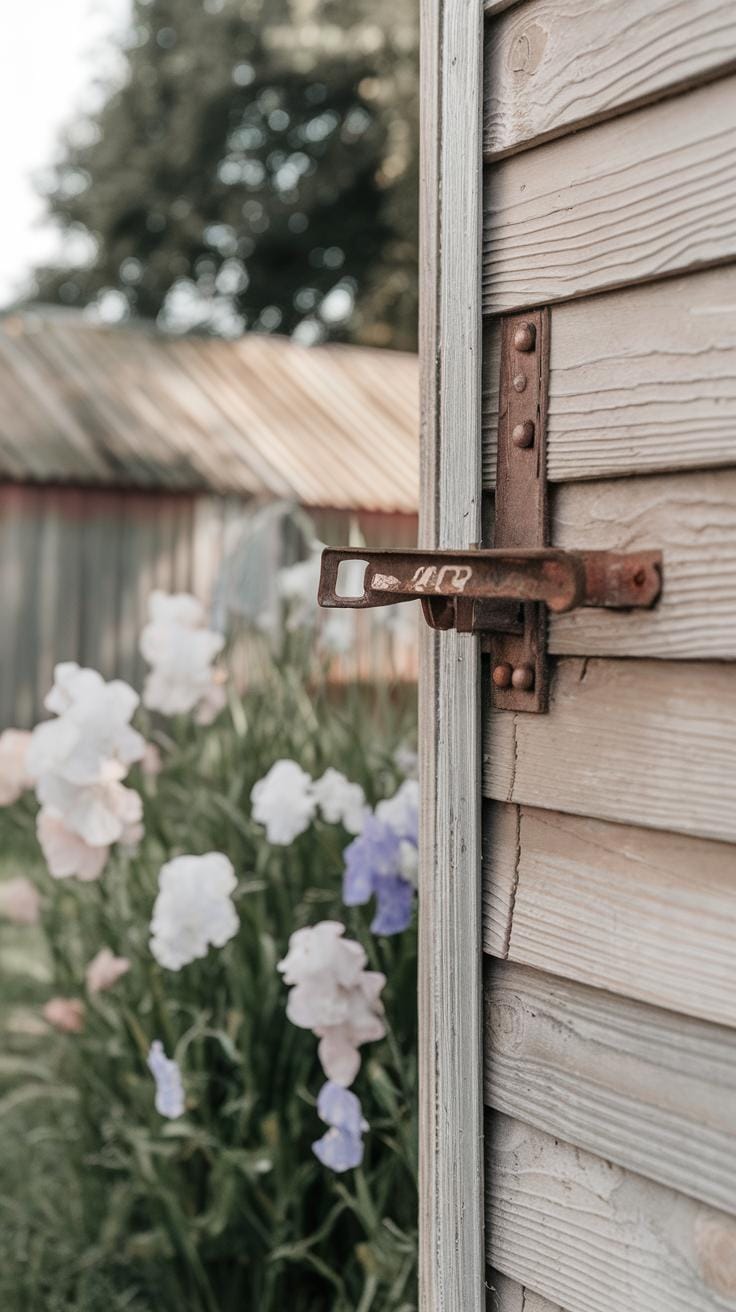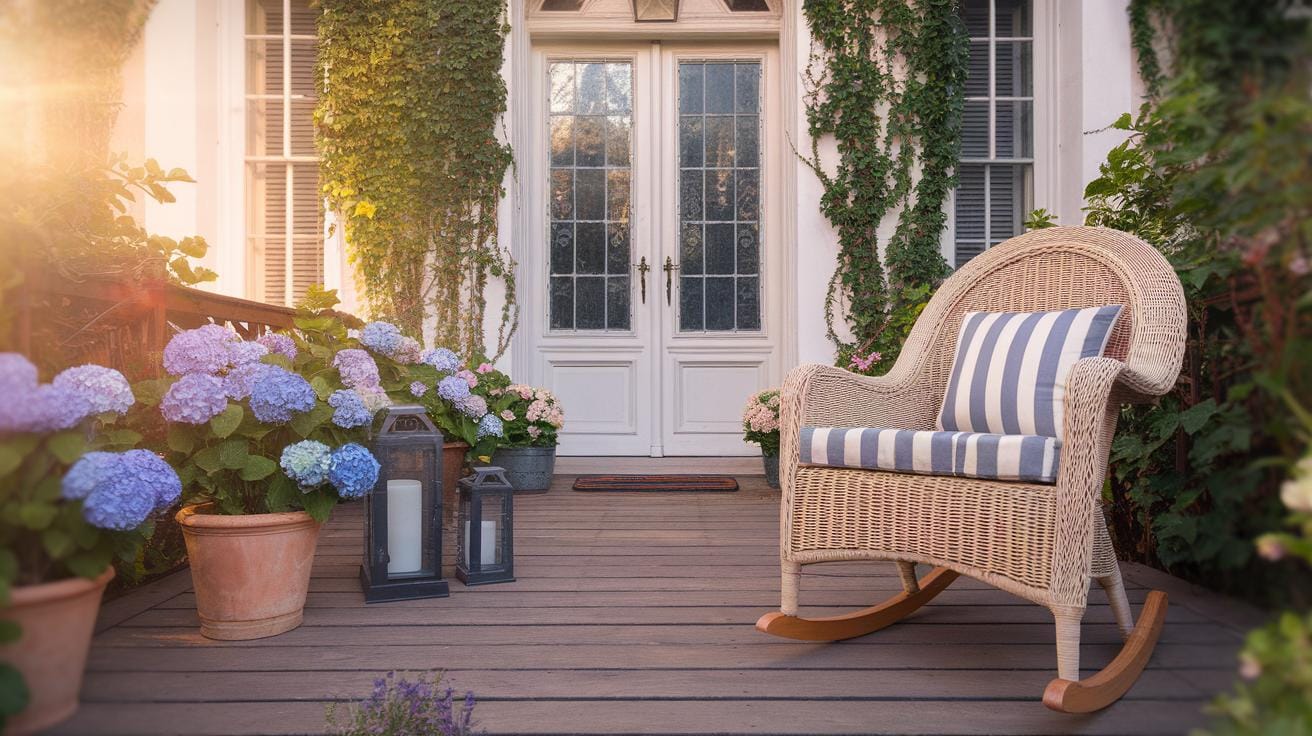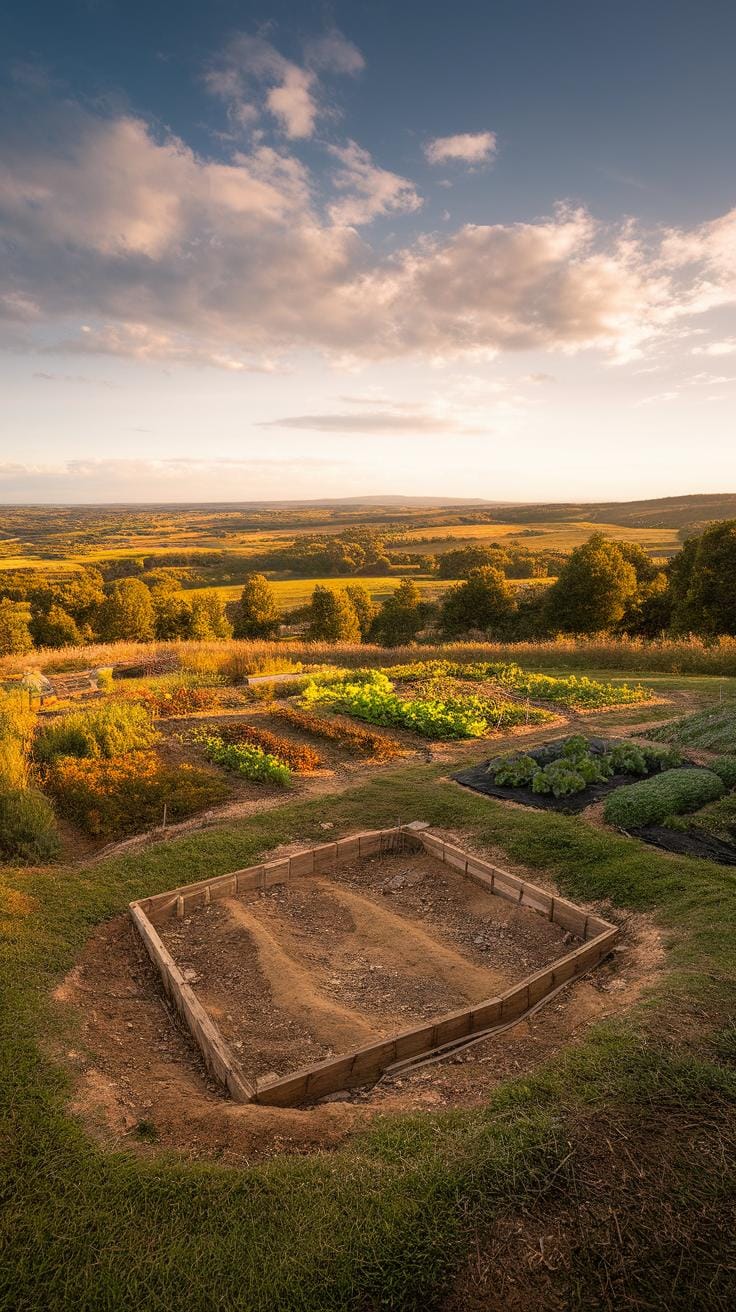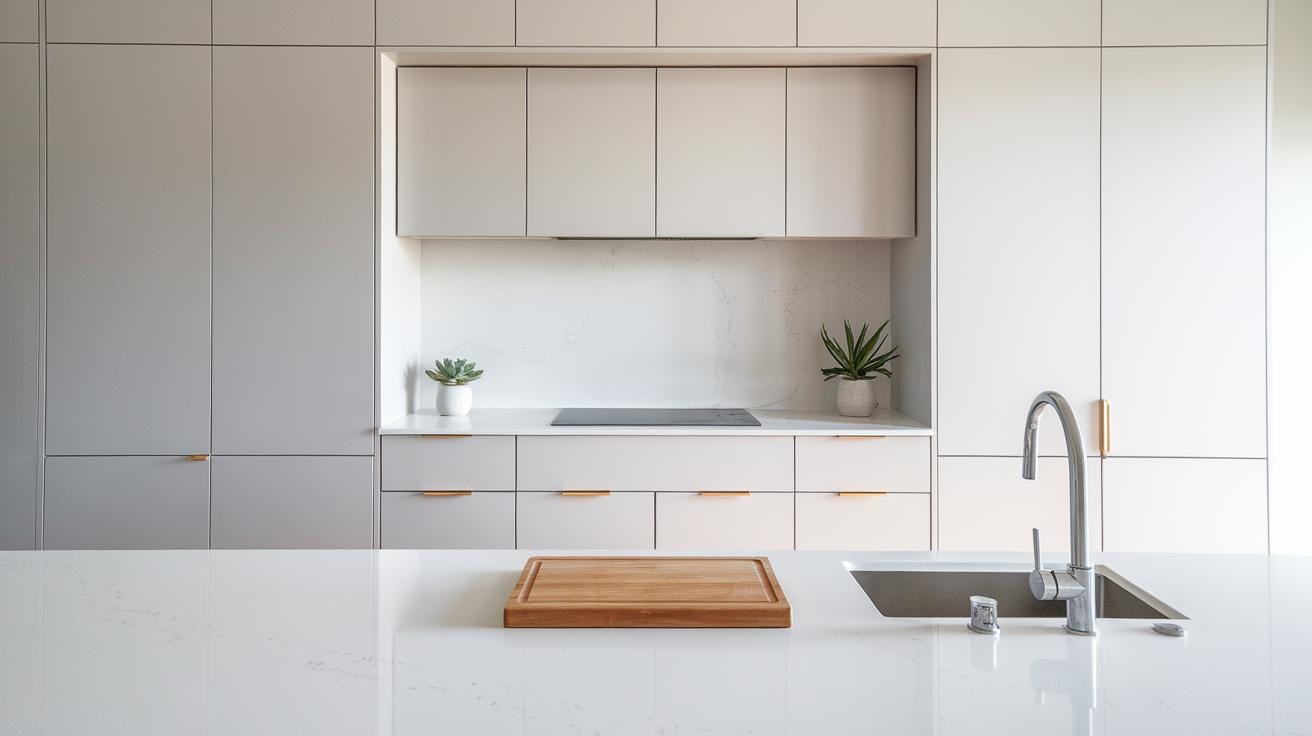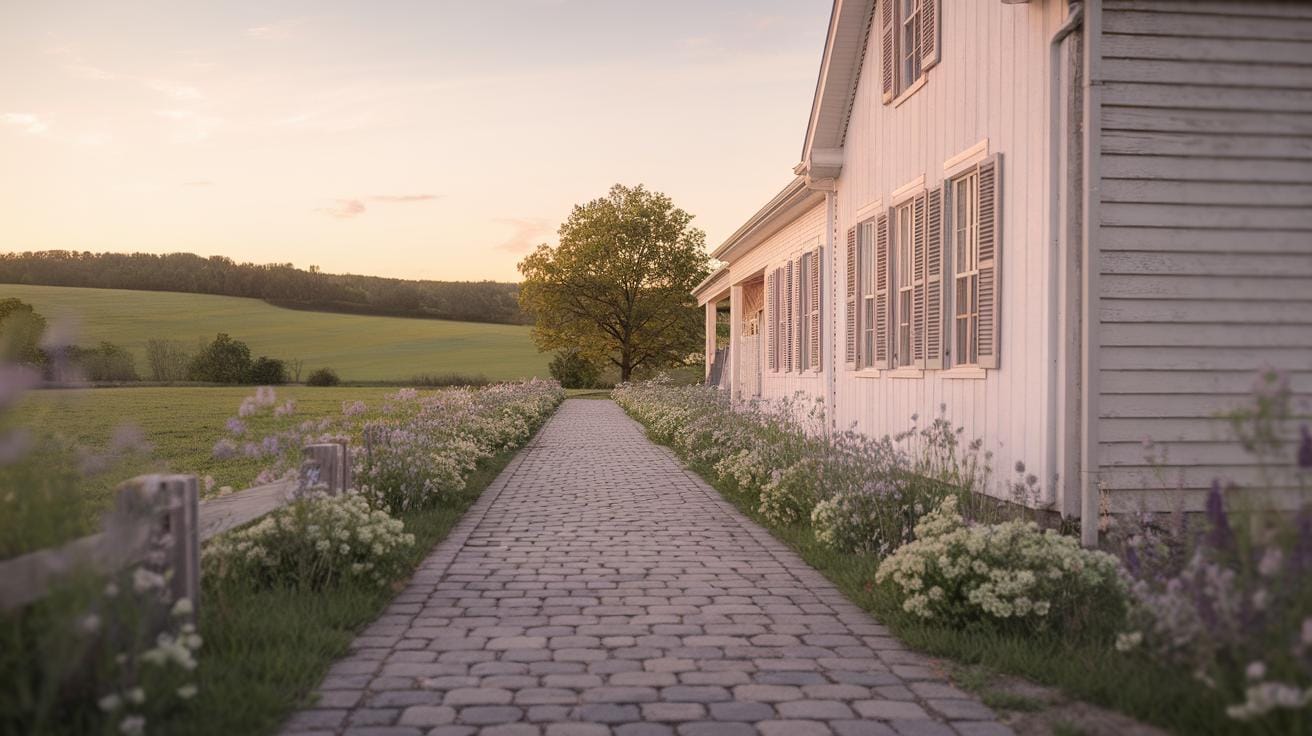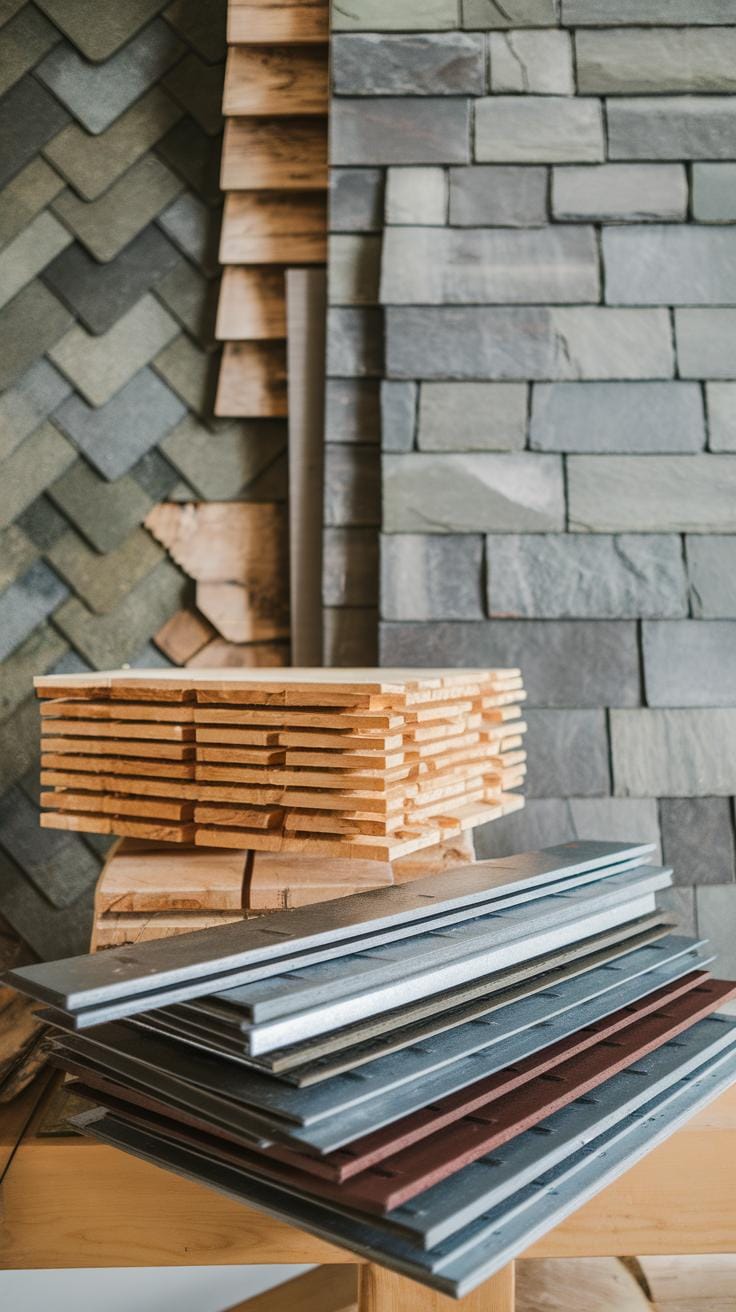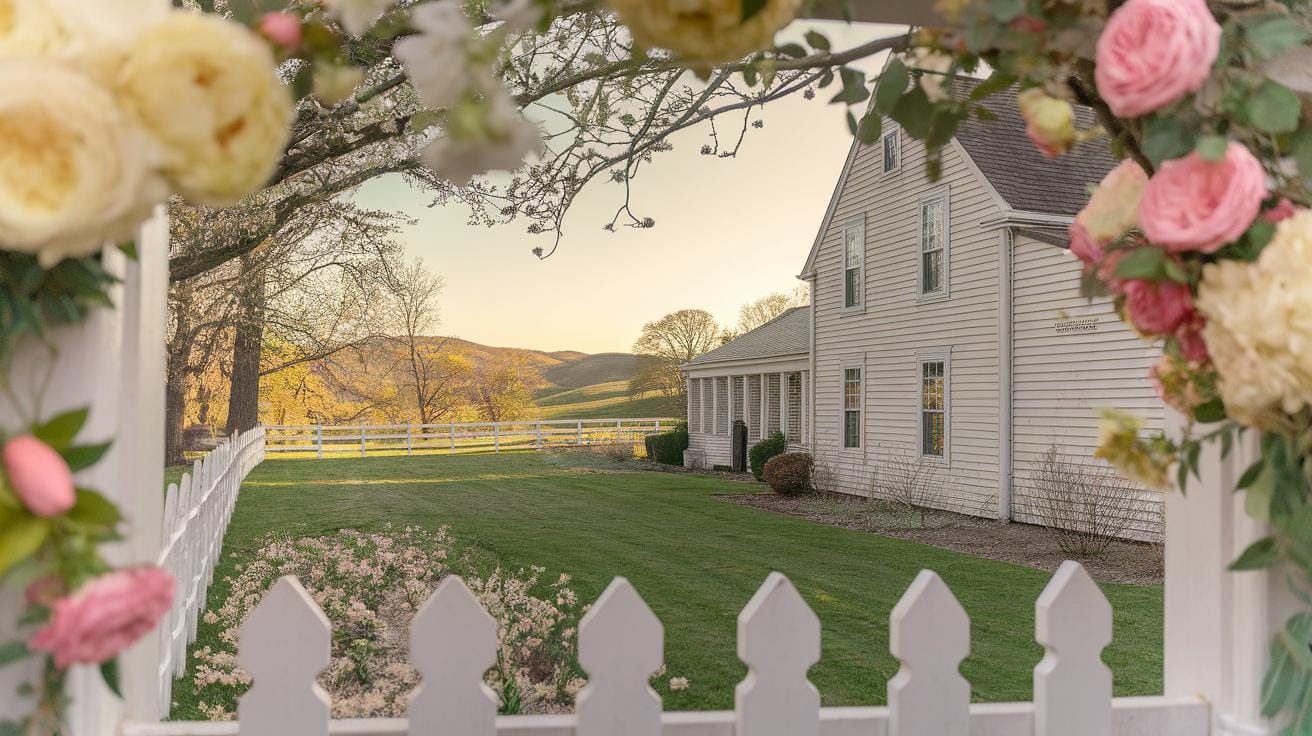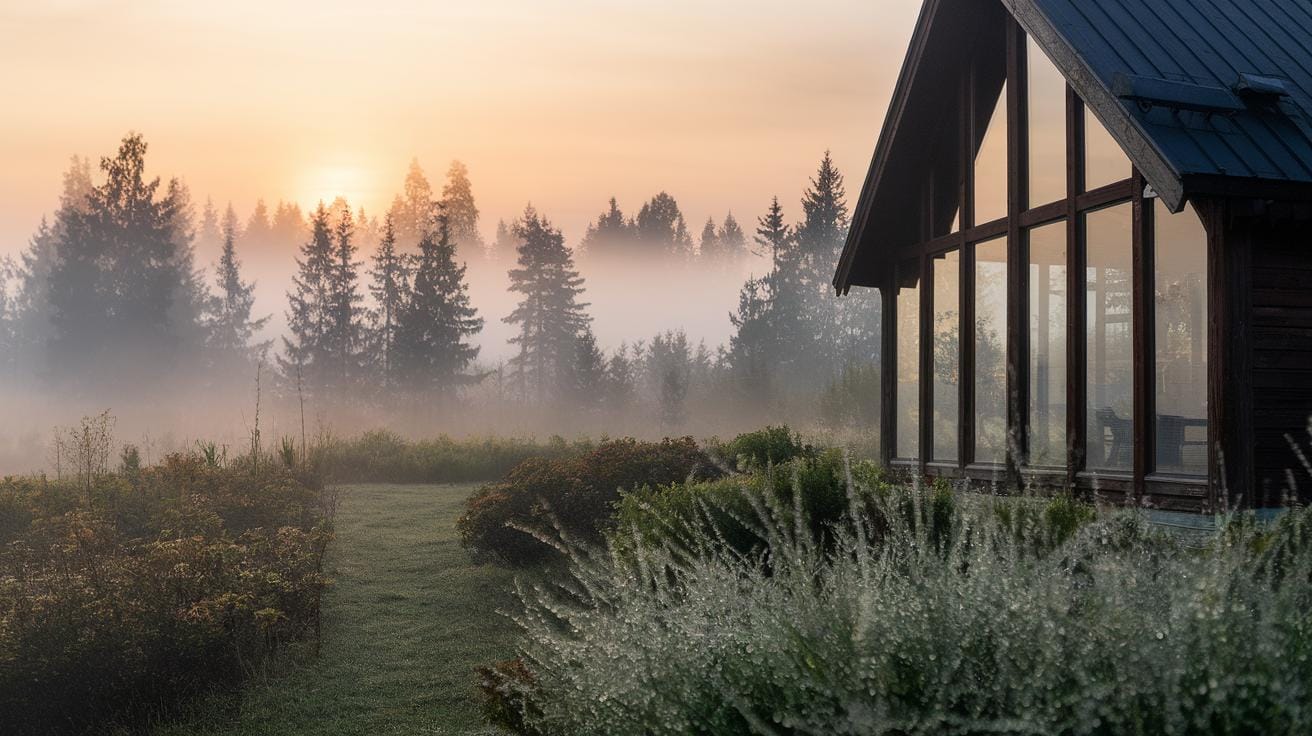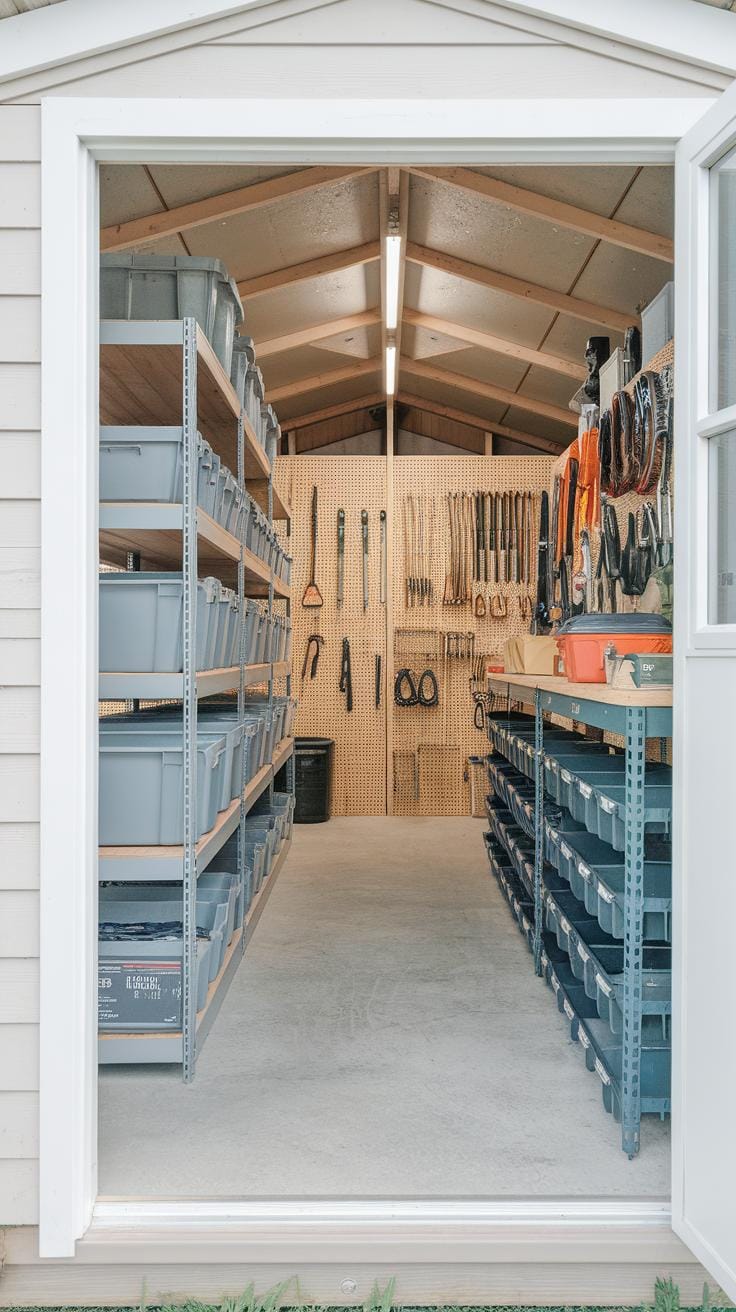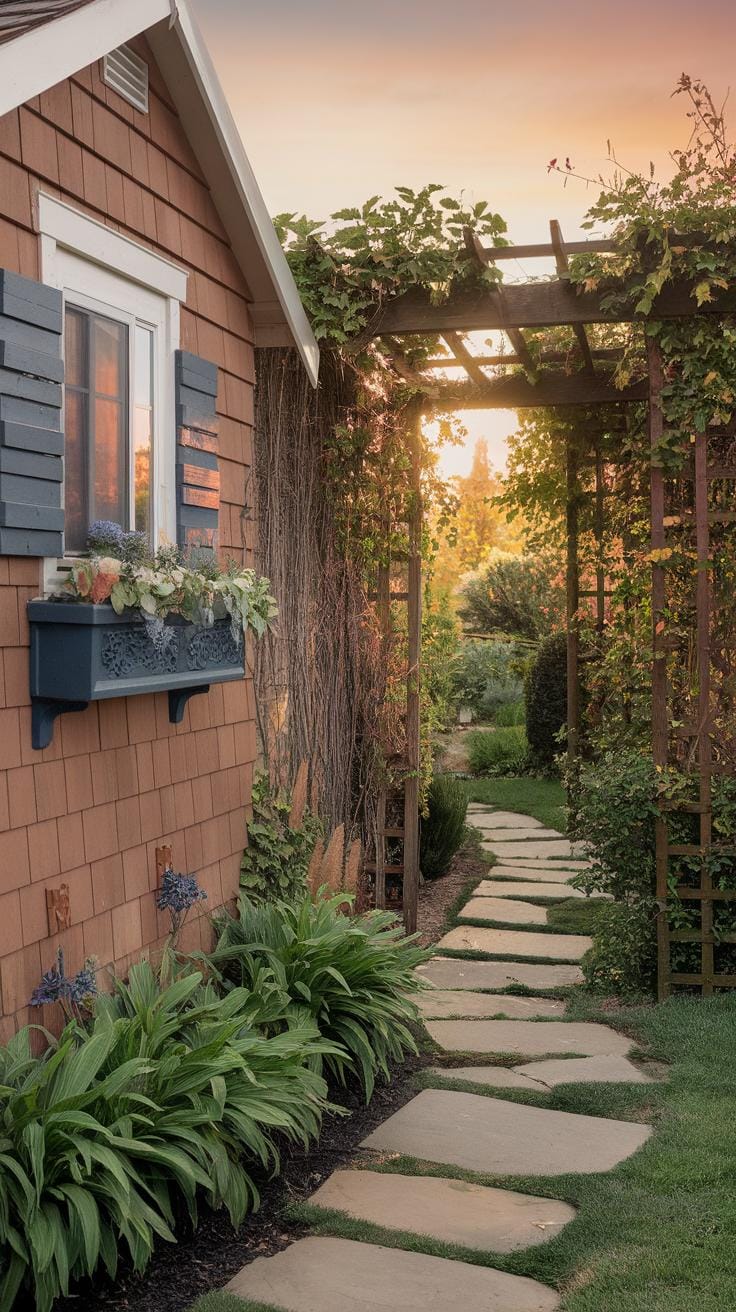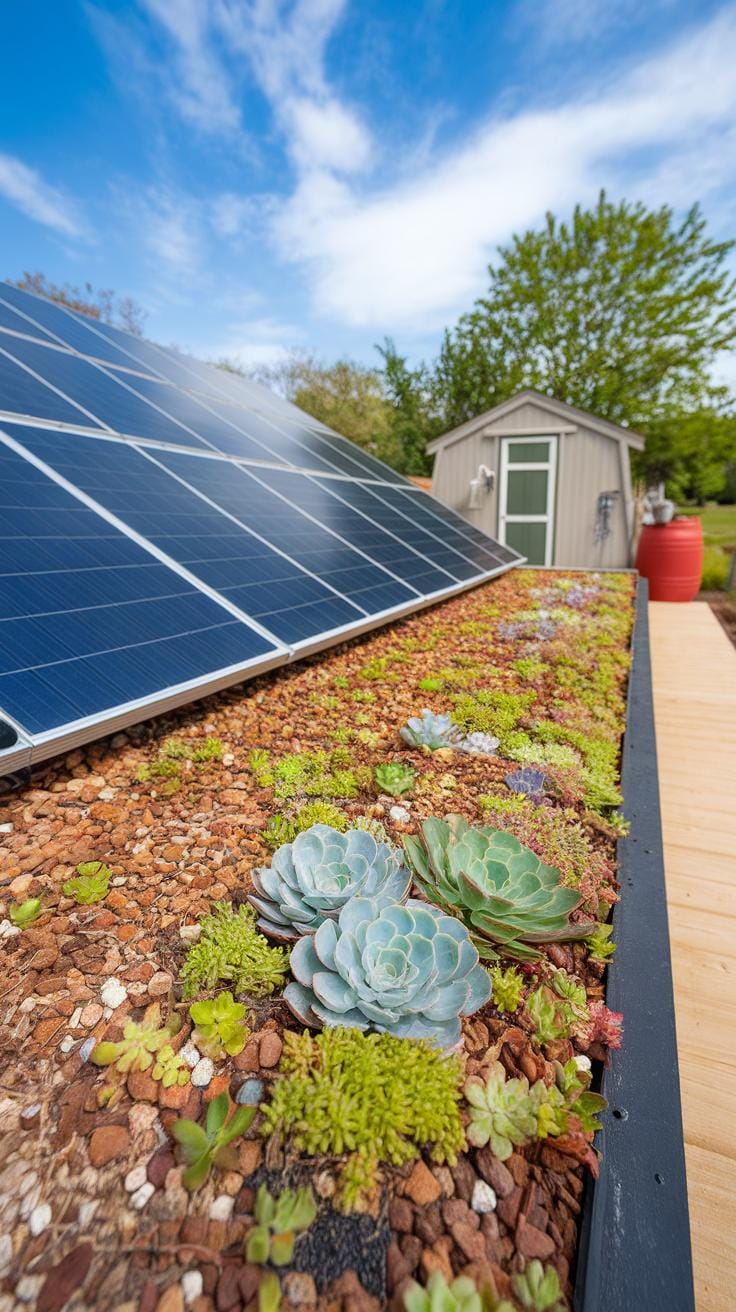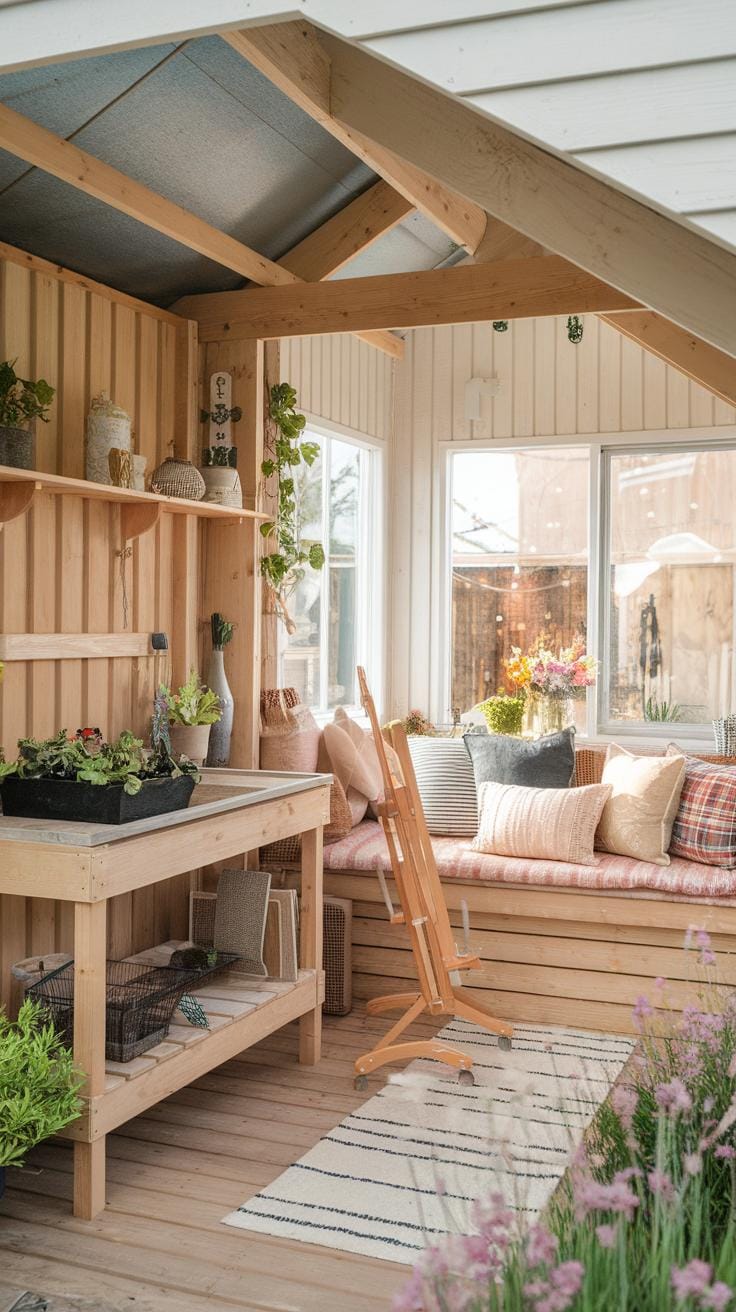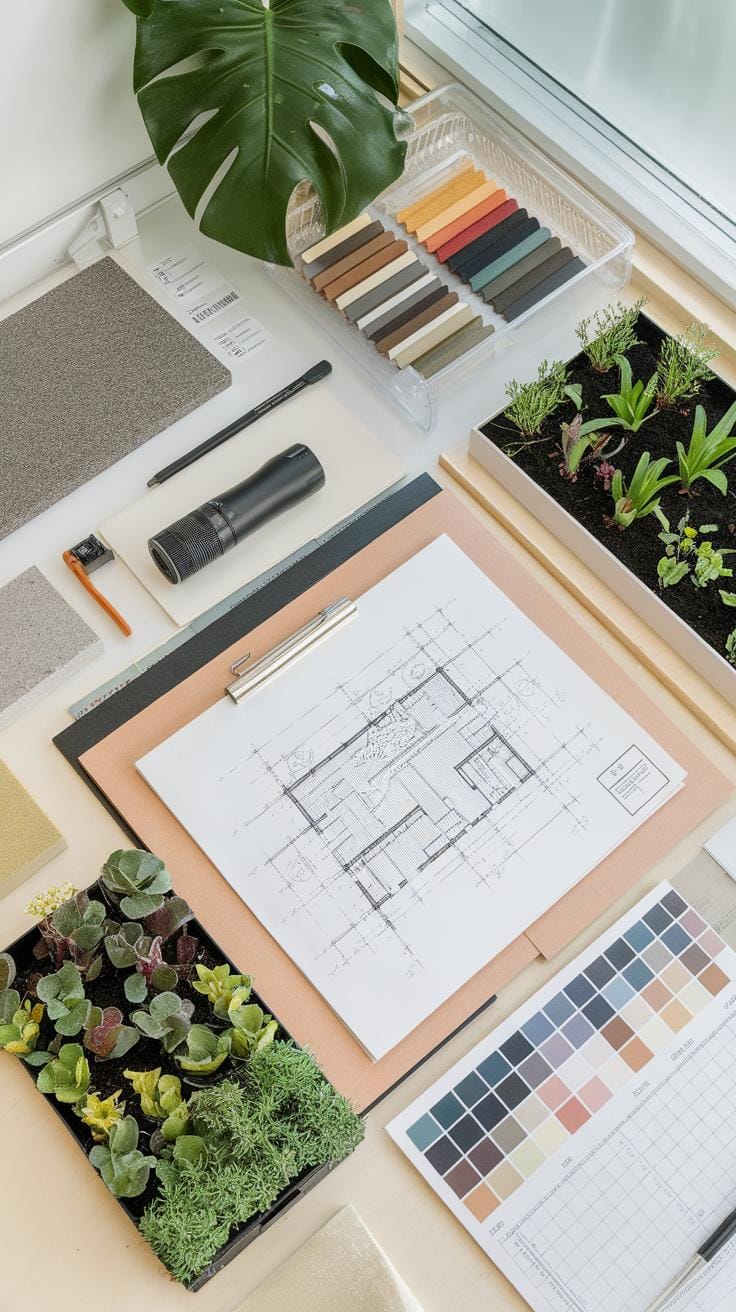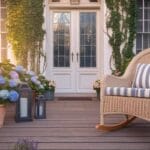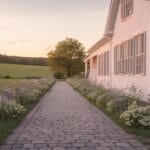Introduction
Cottage garden sheds offer a unique blend of charm and utility, making them a perfect addition to your outdoor space. These sheds not only provide essential storage but also complement the natural beauty of your garden. You might wonder how to choose or design a shed that fits both your needs and garden aesthetics. Understanding the key elements can help you create a space that is both functional and inviting.
Exploring various design ideas and storage options for cottage garden sheds can help you optimize your garden. Whether you need space for tools, equipment, or a cozy nook, the right shed can make a difference. This article will guide you through practical ideas and useful features to consider, helping you transform your garden with a shed that works for you.
Understanding Cottage Garden Sheds
Cottage garden sheds combine practical storage with a look that enhances your garden’s charm. These sheds are designed to be both useful and visually appealing, offering a space to keep your tools and supplies organized without detracting from garden beauty.
The appeal lies in their ability to fit seamlessly into various garden styles, especially those with flowers, greenery, and vintage touches. Choosing a cottage garden shed means balancing what you need to store with how the shed fits into your garden’s overall look.
When picking a shed, consider not only the size and storage options but also the colors, shapes, and materials that work well with your plants and outdoor furniture.
How can your shed add character to your garden while keeping it tidy? Cottage garden sheds provide a solution for this exact challenge.
What Defines a Cottage Garden Shed
Typically, cottage garden sheds are built from wood, often pine or cedar, which gives them a natural and rustic feel. Their sizes usually range from small lockers to medium structures, ideal for tools, pots, and garden furniture.
These sheds often feature pitched roofs, window panes with shutters, and sometimes even decorative trims or flower boxes. The style recalls traditional rural outbuildings, emphasizing simple lines and handcrafted details.
The weathered look and natural finishes set them apart from factory-made metal or plastic sheds that focus purely on function. Their charm comes from the mix of old-fashioned design with modern practicality, designed to blend into garden settings without dominating the space.
Why Choose a Cottage Garden Shed
Choosing a cottage garden shed adds style and order to your outdoor space. They enhance your garden’s visual appeal by matching or complementing garden themes, making storage less of an eyesore.
Practical storage benefits include keeping tools at hand and protected from weather. These sheds make it easy to organize your garden items, so you waste less time searching and more time gardening.
Easy access means you can grab what you need quickly, without cluttering your home or workspace. Some designs include built-in shelves and hooks, tailored for garden tools and supplies.
Imagine having a dedicated, attractive spot for everything you use in your garden. Wouldn’t that make your gardening routine more enjoyable and efficient?
Selecting the Right Location for Your Shed
Choosing where to place your cottage garden shed affects both how often you use it and how it looks in your garden. Think about sunlight when picking a spot. A location that gets some morning sun helps keep the shed dry and bright, which prevents dampness inside. Avoid placing your shed in deep shade, especially near large trees, where moisture and falling leaves can cause damage over time.
Accessibility matters for daily use. You want your shed close to where you usually work or store garden tools. Consider how easy it is to carry items back and forth. For example, placing the shed near a garden path or close to your vegetable patch can save time and effort. At the same time, ensure your shed doesn’t block views or disrupt the flow of your garden.
Think about how the shed will fit into your current garden layout. Will it open up a cozy corner or crowd an open space? Is there room to add plants around it? Positioning your shed with these questions in mind helps create a balanced, practical garden that feels complete.
Consider Practical Access
Keeping your shed close to frequently used garden areas makes daily tasks easier. Imagine needing to fetch tools multiple times while planting or pruning. If your shed sits too far, it interrupts your work and wastes time walking back and forth. Ideally, keep it within a few yards of your main gardening spot or near a busy path.
Access also means thinking about how you get to the shed. A clear, level pathway helps you bring wheelbarrows, pots, or bags of soil without trouble. If you use your shed for storing larger equipment, allow extra space around the door for maneuvering. You might ask: How often will I go to the shed each week? Will I carry heavy items? Answering these helps guide the best location.
Blend with Your Garden Setting
Setting your shed near plants, trees, or fencing helps it blend naturally into your garden. A shed nestled against a fence line becomes part of the garden boundary instead of standing alone. Surrounding it with climbing plants like clematis or ivy softens its edges and adds charm.
Try to avoid placing the shed in the middle of a lawn or open space where it draws too much attention. Consider using shrubs or flower beds as natural screens. This approach lets your shed feel like a cozy, tucked-away part of the garden, rather than an eyesore.
Ask yourself how the shed’s color and style match the nearby plants and structures. Placement choices that take your garden’s character into account create harmony and enhance overall garden appeal.
Material Choices for Durability and Style
Your cottage garden shed’s material affects how it looks and how long it lasts. Common options include wood, metal, and composite materials. Each has unique qualities that influence your shed’s durability, maintenance, and style.
Wood creates a timeless, natural appearance. It fits perfectly in garden settings and lets you customize the design. Metal sheds resist rust and pests, often lasting longer with less upkeep. Composite sheds combine materials like wood fibers and plastic to offer strength and easier care. Choosing your shed material depends on your garden’s climate, how much time you want to spend on care, and the look you prefer.
Have you thought about how long your shed should last or how much effort you want to put into its upkeep? These questions help guide your choice between warmth and tradition or modern durability.
Wooden Sheds for Classic Appeal
Wooden sheds bring a natural, warm look to your garden. You can paint or stain wood to match your style. Creating built-in shelves or flower boxes on the shed is easier with wood because you can cut and shape it at home. Wood naturally blends with garden plants and flowers, making your shed seem like part of the landscape.
Wood also needs care to stay strong. Treating it with sealant prevents rot and insect damage. Check for cracks or peeling paint every year. Keeping the wood dry is key. Raised foundations or small roofing overhangs will help protect your shed from water damage. With regular maintenance, wooden sheds can last decades and remain charming.
Alternatives: Metal and Composite
Metal sheds resist fire, insects, and rot better than wood. They need less maintenance and often come with rustproof coatings. This makes metal ideal if you live in wet or pest-heavy areas. However, metal can look less warm or inviting in a cottage garden setting. Its sharp lines may feel out of place among flowers and greenery.
Composite sheds offer a middle ground. Made from wood fibers and plastic, they resist mold and decay while still looking like wood. These materials don’t need painting or sealing often. Composites are strong and weatherproof, standing up well to rain and sun. If your schedule is busy but you want a shed that fits your cottage garden’s look, composite might be a good choice.
Think about how weather affects your garden space. Could a low-maintenance metal or composite shed save time? Or do you prefer to build a wooden shed that ages gracefully with regular care?
Maximizing Storage Inside Your Shed
Maximizing the storage inside your cottage garden shed is key to keeping your tools and supplies tidy and easy to find. Organize your shed by using every inch of interior space wisely. Installing shelves along the walls helps store smaller items without taking up floor space. Adjustable shelves can accommodate pots, fertilizers, and seed packets efficiently.
Hooks are useful for hanging tools like rakes, shovels, and garden hoses. Keeping them off the ground frees up room and prevents damage. Consider placing hooks near the door for items you use often so you can grab them quickly.
Modular storage units that fit the shed’s size and your needs offer flexible organization. These can be moved or rearranged when your collection of supplies changes over time. Have you measured your shed’s vertical space to make sure you’re not missing storage opportunities?
Use Vertical Space
Vertical space inside your cottage garden shed can transform how much you store. Adding wall-mounted shelves lets you stack seed trays, plant pots, and toolboxes neatly. Shelves make use of spaces above eye level, areas that often stay empty.
Hooks also play a big role. Hanging tools vertically keeps them visible and accessible. You could hang a row of hooks for hand tools or even install a rail system to quickly slide items in and out. Hooks make clean-up faster and protect tools from moisture on the floor.
Using both shelves and hooks together creates layers of storage. This approach reduces clutter and helps you see what you have at a glance. How many of your gardening tools could be hung instead of stored on the floor?
Smart Storage Solutions
Storage bins offer a simple way to group similar items like seeds, gloves, and twine. Clear bins give you a quick visual of contents. Label each bin for even better organization. You can stack bins on shelves or under workbenches for easy access.
Pegboards work well for customized tool storage. Mount a pegboard and add hooks or baskets to hold hand tools, scissors, and garden twine. Pegboards keep tools in one place and allow you to rearrange as needed.
Custom racks are another option to store bulky items such as watering cans or fertilizer bags. Designing racks to fit the dimensions of your shed prevents wasted space and keeps heavy items off the floor. What items clutter your shed that could be better stored in bins, on a pegboard, or on racks?
Design Ideas to Enhance Shed Aesthetics
Choosing the right design details can turn your cottage garden shed into a standout feature. Consider roof styles that blend with your garden, such as a pitched roof for classic appeal or a gambrel roof if you want a barn-like touch with extra storage space. You might add simple gutters painted to match the trim, giving a clean, finished look. For windows, select designs with divided panes or diamond-shaped muntins to add character without sacrificing light.
Paint colors should connect your shed to the colors in your garden. Soft pastels or muted greens work well with greenery, while white or cream can brighten a shaded corner. Finish options like matte or satin protect wood and avoid glare under bright sun. Decorative touches like weather vanes, shutters, or a vintage door handle can make your shed feel welcoming. Ask yourself: which details reflect your style and make the shed an inviting part of your outdoor space?
Color and Finish Selections
Pick paint colors that complement your garden’s natural hues. Light sage green, soft blue, or warm beige create a gentle contrast against foliage. Bright colors like barn red or buttery yellow can also refresh a garden nook, making your shed a cheerful focal point. Use high-quality exterior paint or stains designed for wood or metal. These coatings protect against moisture, sun damage, and insects, extending the life of the shed.
Consider a satin finish that offers subtle shine without showing dirt easily. If you prefer natural wood, apply transparent or semi-transparent stains that show the grain but add a protective layer. This finish ages gracefully while keeping moisture out. Your choice of color and finish affects not only appearance but durability – which matters when your shed faces seasonal weather changes.
Adding Windows and Flower Boxes
Windows brighten the shed’s interior with natural light, reducing the need for electric lighting during the day. Choose windows that open easily for ventilation. Styles like casement or double-hung windows balance function and charm. Small panes or leaded glass can add a cottage feel without losing practicality.
Attaching flower boxes below windows is a simple way to tie your shed to its garden surroundings. Plant colorful annuals or trailing vines to soften hard edges and add seasonal interest. Flower boxes can be made from wood matching your shed or painted for contrast. How might placing flowering plants around your shed change the way you experience your garden on a daily basis?
Incorporating Green Features
Your cottage garden shed can do more than store tools and supplies. It can also help care for the environment and reduce utility costs. Including eco-friendly features makes your shed practical and better for the planet.
Natural insulation such as sheep’s wool or recycled cellulose keeps your shed comfortable year-round. These materials reduce the need for extra heating or cooling. You can avoid synthetic materials that may harm the environment.
Think about collecting rainwater from your shed roof to water plants. This reduces water waste and lowers your bill. Solar panels can power lights or small devices in your shed, cutting electricity use.
These features work well with the charming look of cottage sheds. Would you like to try one or more to make your garden space greener?
Rainwater Harvesting Options
Rainwater harvesting can be simple and cheap to set up on your garden shed. Adding gutters to the shed’s roof directs rainwater into a storage barrel or tank. You can use this water for your plants and garden beds.
Installing a fine mesh screen keeps leaves and bugs out of the tank. Choose a barrel with a spigot near the bottom for easy watering with a hose or watering can. Placing the barrel on bricks helps with water flow and cleaning.
Collected rainwater is often better for plants because it is free of chlorine and chemicals found in tap water. This method saves water and helps your garden thrive. Have you thought about how much rainfall your shed’s roof could capture?
Solar Energy Use
You can mount small solar panels on your shed roof or nearby to generate power quietly and efficiently. These panels provide electricity to LED lights inside the shed, making it easier to work once the sun goes down.
Solar power can also run low-wattage tools like a small fan, battery charger, or a cordless drill. This removes the need for extension cords or running electricity to your shed. Many solar kits are easy to install and come with storage batteries for cloudy days.
Adding solar panels increases your shed’s independence and convenience. How could solar power improve your gardening routine or shed use?
Maintenance Tips for Longevity
Keeping your cottage garden shed in good shape takes a little care. Regular maintenance prevents small problems from turning into expensive repairs.
Check your shed often for any signs of damage, such as loose boards or small cracks. Fix these quickly before they get worse. Clearing leaves and dirt from around your shed stops moisture buildup that can warp wood or cause rot.
Cleaning the exterior with mild soap and water once or twice a year removes grime and prevents mold growth. Avoid using harsh chemicals that might harm the wood or paint.
Painting your shed every few years protects the wood from moisture and sun damage. Use a quality outdoor paint or stain designed for garden structures. This layer acts as a shield, keeping your shed strong and looking good. What could be better than a fresh coat of paint to brighten your garden?
Applying sealants helps block water and pests from getting inside. Look for wood preservatives or waterproofing treatments made for outdoor use. Remember to reapply these treatments regularly to maintain protection. How often have you checked your shed for peeling paint or cracked seals lately?
Routine Cleaning and Repairs
Set a simple schedule to clean debris around and inside your shed. Fall and spring are perfect times to clear leaves, pine needles, and dust. These materials trap moisture and invite insects, which can cause costly damage.
Inspect the walls, roof, and floor for cracks, loose nails, or broken panels. Fix small issues immediately with nails, screws, or wood filler to avoid bigger repairs. Tighten door hinges and oil locks to keep everything working smoothly.
Don’t forget gutters or any drainage features. Keep them clear so rainwater flows away from your shed. This prevents water from pooling near the base, which promotes wood decay.
Protecting Against Weather
Strong weather can quickly wear down a garden shed. Protect it by using weatherproof paint or stain on all exposed surfaces. These products serve as barriers against sun damage, rain, and wind.
Apply a water-repellent sealant every year to maintain waterproofing. Pay special attention to corners and joints where water tends to seep in. You might also add weatherstripping to doors and windows to block drafts and moisture.
Consider installing a small roof overhang or gutters to divert rainwater. These details lower water exposure, extending your shed’s life.
Take steps against pests by keeping wood sealed and the area around the shed free of clutter or firewood piles. Natural repellents or barriers can also reduce insect problems. How well is your shed shielded from the elements right now?
Creative Uses Beyond Storage
Cottage garden sheds can be more than places to store tools and supplies. You might find new ways to enjoy your shed by turning it into a craft room, a potting shed, or even a quiet retreat. Thinking about how you use your garden space can help you make your shed work harder for you.
Adapting your shed’s interior takes some planning. Adding shelves, work tables, or seating can change how you interact with the space. Consider what you want to do there. Do you need surfaces for planting and arranging flowers? Or maybe a calm corner to unwind and read? Each use calls for different furniture and lighting choices.
Have you thought about spending more time in your garden by making your shed a more comfortable spot? Small changes like hooks for tools or cozy cushions can transform a simple structure into a favorite place.
Gardening Workspace
Setting up a potting bench inside your cottage shed can turn it into a productive gardening hub. Choose a bench with a sturdy, easy-to-clean surface. Arrange shelves or pegboards nearby to keep tools within reach. Using clear containers for seeds or bulbs helps you find what you need fast.
Good lighting is key. Place a bright, energy-efficient lamp over your workspace to keep your hands moving confidently. Don’t forget a space to store gloves, pruners, and fertilizers safely.
Would organizing your tools and supplies this way make your gardening easier and more enjoyable? The best sheds support your daily garden care while keeping everything neat and accessible.
Personal Retreat or Studio
A cottage garden shed can serve as a cozy retreat or creative studio. Add a comfortable chair or a small loveseat with soft cushions to create a quiet nook. Include a small table or lap desk where you can write, paint, or sew.
Soft lighting, such as a table lamp or string lights, helps set a calm mood. Use light-colored curtains or blinds at windows to control sunlight and add privacy. Don’t forget storage for books, art supplies, or whatever hobby materials you enjoy.
How would taking time in your personal space impact your relaxation and creativity? Designing a shed that feels inviting and peaceful can help you step away from daily stresses and focus on your interests.
Planning Your Cottage Garden Shed Project
Pre-Installation Planning
Measure the available space in your garden carefully before choosing a shed. Consider both the footprint and any growth around it, like plants or trees that might interfere. Research local rules or homeowner association guidelines on shed placement and size. Some areas require permits or have height limits you must follow. Think about your shed’s purpose to select a style and size that match your storage or workspace needs. Will you store tools, gardening supplies, or something else? Sketch your ideas to compare options and visualize how the shed fits your garden design. Choosing a design that complements your home and garden adds value and charm. How much natural light do you want inside? Ventilation matters if you plan to spend time inside. Taking time to plan prevents costly changes later.
Installation Options and Costs
You have two main installation choices: ordering a ready-to-assemble kit or hiring professionals for a custom build. DIY kits often come with instructions and all parts, making them budget-friendly and quick to set up. If you enjoy hands-on projects, kits save money but require time and some skill. Professional installation costs more but delivers a polished finish and ensures the structure meets local codes. When budgeting, include foundation work, delivery charges, and possible permit fees. Also, think about long-term upkeep costs like painting or sealing wood. Asking for multiple quotes helps compare prices fairly. Will you have the time and tools for a DIY build? Or would hiring experts give you peace of mind? Your choice affects your budget and how soon you enjoy your new shed.
Conclusions
Picking the right style and features for your cottage garden shed can greatly enhance your garden’s appeal and usability. Consider your storage needs and how much space you have before selecting a shed. Focus on designs that blend well with your garden environment to maintain its natural charm. Practical aspects like weather resistance and security are also important to protect your belongings.
Applying simple design ideas and organizing your shed efficiently can free up garden space and reduce clutter. Whether for garden tools or creative projects, these sheds can provide functional, attractive storage. By planning carefully, your cottage garden shed will not only serve your storage needs but also add to the overall look and feel of your outdoor area.

